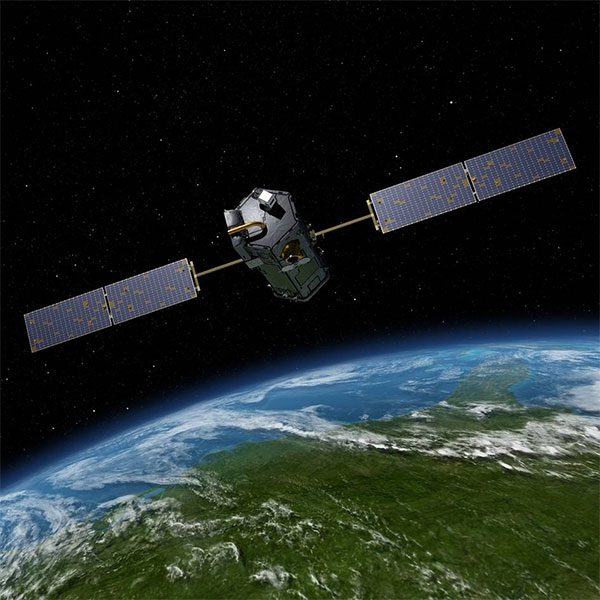According to NASA, satellite data observing Earth is particularly useful for tracking fluctuations in CO2 levels as the surface cover of the Earth (such as vegetation, water, asphalt, etc.) changes.

Orbiting Carbon Observatory-2 satellite.
A satellite observing Earth from the National Aeronautics and Space Administration (NASA) has assisted researchers in monitoring CO2 emissions from over 100 countries worldwide.
This is the result of a study conducted by a group of scientists from multiple countries, recently published.
The research, carried out by more than 60 scientists, utilized measurement results from the Orbiting Carbon Observatory-2 satellite from NASA, as well as a network of Earth surface observations, to quantify the increases and decreases in atmospheric CO2 levels from 2015 to 2020.
The study reveals a new aspect of tracking both emissions from fossil fuels and the total “stored” carbon changes within ecosystems such as trees, shrubs, and soil.
According to NASA, this data is especially useful for monitoring fluctuations in CO2 levels as the surface cover of the Earth (like vegetation, water, asphalt, etc.) changes.
The findings demonstrate that tools used in space can help humans gain deeper insights into Earth, especially as nations strive to achieve their climate change mitigation goals.
Karen St. Germain, the Director of NASA’s Earth Science Division, emphasized that NASA is focused on providing scientific data about Earth to address global climate challenges, such as assisting governments worldwide in assessing the effectiveness of carbon emission reduction efforts.





















































